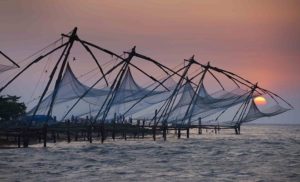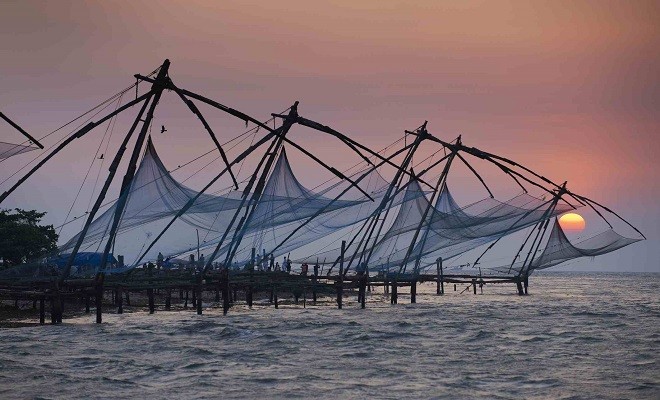- Digital sensors aim to monitor the water quality and thus reduce fish deaths.
- This comes as boost for the fish farmers as well as the state’s booming fishing industry.

In a bid to examine the quality of water bodies and curb the loss of the fish population due to contamination, the fisheries department of Jharkhand has decided to implement digital sensors.
These digital sensors will be communicating with other electronic devices through the Internet, where data will be stored in the Cloud. These sensors can be remotely controlled and the resulting data can be easily obtained by the user.
Why is it needed?
Digital sensors provide real-time data on dissolved oxygen level, PH level, alkalinity and temperature in an efficient manner. The data gathered from these devices can be accessed via an app installed on a smartphone. So, in the event of any undesired changes taking place in the above parameters, alerts are issued to the fish farmer to take necessary actions.
“There are more than 4,000 progressive farmers engaged in intensive fish farming that entails the use of controlled production factors like feed, water quality and stocked fingerlings to ensure that the quantity of fish produced per unit of rearing area is large. Gradually, we would like them to install Internet of Things (IoT)-enabled digital sensors in water bodies and monitor the essential parameters required for fish culture on their smartphones.” said Dr. H.N. Dwivedi, fisheries director, Jharkhand.
For this, several district fisheries officers (DFOs) have been encouraged for such IoT-based digital sensors applications. The fish farmers owning ponds will also be given such sensors at subsidised rates.
Dr. Dwivedi added that once fish farmers are able to study the water quality data on their smartphones, they would be able to take immediate remedial steps. Most progressive fish farmers are aware of the dos and don’ts for maintaining water bodies. But due to external factors they are often unaware of the water quality.
Jharkhand produces over 1.90 lakh metric tonnes of fish annually. Officials believe that the use of digital sensors will lead to a reduction in fish deaths by over 50 percent. This is will be of huge benefit to the fishing industry, as well as to the various fish farmers across the state.
Future strategy
Dr. Dwivedi said that Jharkhand’s fishing directorate would be floating tenders to buy digital sensors (minimum of 2 and a maximum of 4 for each district). The distribution is expected to begin by September.
“Each sensor costs around Rs 60,000. The selected agency will install the sensors and look after their operation and maintenance for 2 years. We have directed all district fisheries officers to prepare a list of progressive fish farmers willing to avail of digital sensors which will be provided to them at a highly subsidised rate. Testing of the sensors has been done at the Dhurwa fish research centre and the Doranda fish farmers’ training centre.
While the state government will bear 90 percent of the cost, the rest of the 10 percent will be borne by the fish farmers.
Already the sensors have been a success among the fish farmers of Andhra Pradesh and Kerala.









